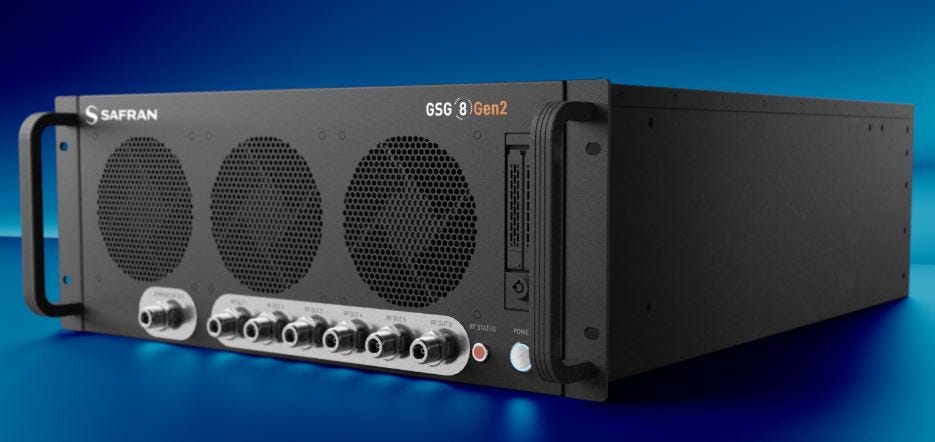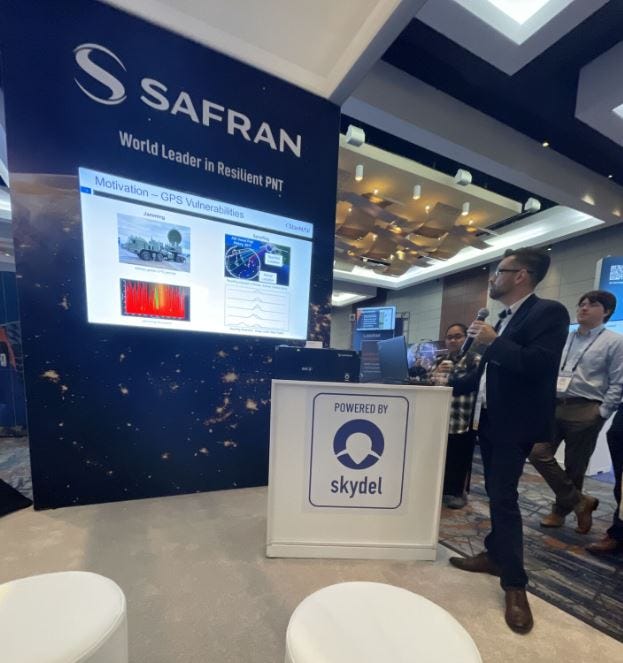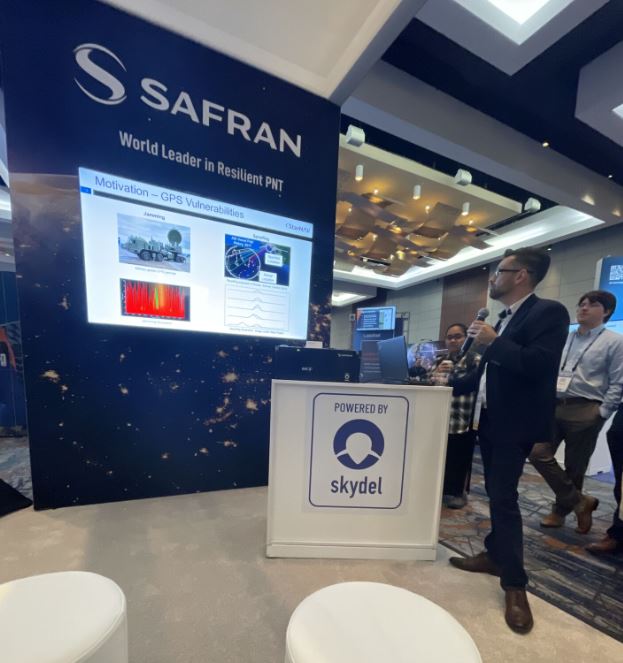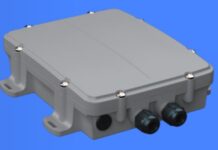BALTIMORE—While known as a technical meeting, with an annual update of the GNSS constellations, the Institute of Navigation’s ION GNSS+ 2024 had several product launches this week.
At the conference, Rx Networks launched its TruePoint | LITE correction service that delivers sub-meter and lane-level accuracy with global coverage. Some key applications include smartphones, wearables, asset tracking, and IoT devices.

“By offering a service that is globally available and power-efficient, we’re unlocking a new generation of applications that require reliable and accurate positioning while minimizing power consumption,” said Ali Soliman, head of sales and marketing at Rx Networks. “TruePoint | LITE leverages proprietary predictive technologies to correct key GNSS ranging errors, particularly ionospheric range error.”
Sunnyvale, Calif.-based oneNav exhibited to reveal how test results in Israel showed its GPS technology is resilient to widespread interference, including jamming and spoofing. The company tested its L5 technology around Haifa, Israel, in smartphones and smartwatches, said Paul McBurney, oneNav CTO.
“M-code is bulky and expensive. In addition, L1 and L2 receivers can be jammed, so there is a great opportunity for L5, which is harder to jam with stronger signals,” he said. “We are looking to get it into drones and on some missions.”
In a warzone, oneNav tested its L5-direct GPS receiver against receivers found in iPhone, Samsung Galaxy, Google Pixel smartphones and Garmin GRMN 1.22%↑ watches. The company said the tests revealed that all the embedded receivers failed due to GPS interference—except its L5-direct.

Another company, Safran Electronics & Defense, launched its GSG-8 Gen2, which is the latest evolution of its GSG simulator series. The next-generation product, which will be delivered in the first quarter of 2025, features increased power for multi-antenna/vehicle and jamming/spoofing scenarios, the company said. Other testing use cases include for LEO PNT and space-based simulations.

In other company news, Safran announced that Xona Space Systems’ PULSAR XL signal is now on the Skydel GNSS simulation engine. This includes the ability to provide LEO PNT capabilities that allow users to simulate LEO satellite constellations.
In other ION GNSS+ news:
- BitPath introduced NavPath, a precision location platform that provides RTK corrections data without a mobile data connection. NavPath RTK corrections are broadcast at high-power levels as much as 1 million watts from tall towers.
- Startup onocoy has secured $940,000 in funding from a group of strategic investors through a private token sale, the company said. Among the new investors include Thomas Seiler, former CEO of u-blox. The funding round also includes Smart Island Capital.
- NavtechGPS has partnered with SBG Systems to offer its INS, IMU, and Attitude Heading Reference Systems (AHRS).



























